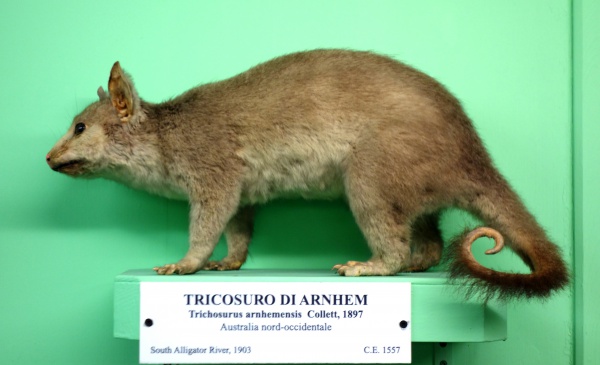Facts About Northern brushtail possum
The northern brushtail possum is a captivating nocturnal marsupial indigenous to northern Australia. Controversy surrounds whether they constitute a distinct species or are a subspecies of the common brushtail possum. Typically solitary, these animals can occasionally be found in small family groups. Easily recognizable, they boast grey fur, white underbellies, and pink skin. They can grow up to 55 cm in length, excluding their tails, which, despite their name, are not bushy.
These possums breed year-round, exhibiting a short gestation period of 17-18 days followed by a pouch period lasting 4-5 months. They have a relatively long lifespan, living up to 15 years.
Unfortunately, these possums are susceptible to a severe health issue caused by a flesh-eating bacteria, which leads to significant facial damage and, in some cases, blindness. This disease has also affected other species, such as ringtail possums.
Northern brushtail possums are highly adaptable and can thrive in both rural and urban environments. However, their adaptability can render them problematic when their population becomes excessive. Although they can be somewhat tolerant of humans and may even be hand-fed, this is not advisable due to their sharp claws, which can cause infections.
For some Indigenous Australians, these possums serve as a traditional food source.
Diet-wise, the northern brushtail possum is quite versatile. They consume a variety of plant materials, including fruit, leaves, flowers, and seeds. Remarkably, they can tolerate many plant toxins and ingest leaves that are poisonous to other animals. Their diet also includes insects, moths, grubs, snails, bird eggs, and even nestlings. Their preference for foods found in domestic gardens often draws them to residential areas.
